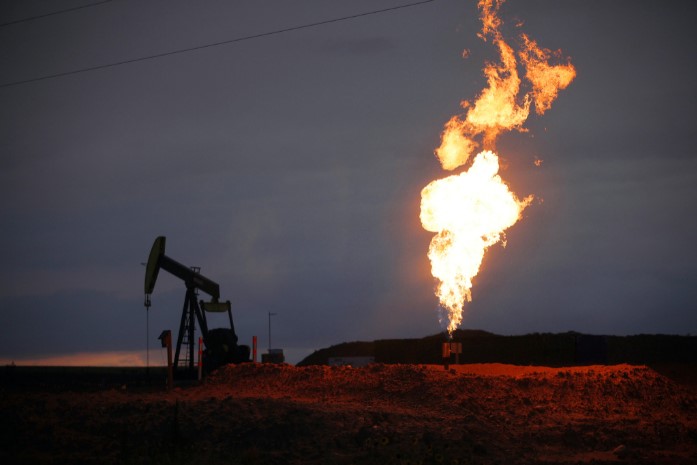Natural gas is a colorless and highly flammable gaseous hydrocarbon that is made up of ethane and methane. Once natural gas is cooled to liquid, it forms Liquefied Natural Gas (LNG) which is easier for transport and storage, for liquefied natural gas is colorless, non-toxic and non-corrosive. Transportation and storage of LNG is efficient and economical, since during the liquefaction process certain products that would cause difficulties during shipping are eliminated. These substances include; dust, acidic substances, helium, water and heavy hydrocarbons. Liquefied Natural Gas is easily transported to places that gas pipelines cannot pass. The liquefaction process is done through the subsea processing.
The process includes many activities to reduce developmental costs. Types of a subsea processing methods include; sub-sea water removal, re-injection, gas or liquid separation and gas treatment and compression. Re-injection of the produced gas helps to increase the pressure of the gas to ease transportation. Moreover, re-injection as a subsea processing method helps to separate the unwanted waste from the gas due liquefaction process. The subsea processing equipment provides a cost-efficient and faster method of liquefying natural ygas to LNG.
Transportation and Storage
LNG increases the market for natural gas since it facilitates the movement of natural gas from production areas to ready markets. Liquefied Natural Gas is shipped through special ships or tankers. A large percentage of LNG gas is transported by tankers called LNG carriers and kept cool in cryogenic tanks. Also, the gas is transported in smaller compliant containers that can be ferried on top of ships and trucks. At the import areas the LNG is offloaded from the ships and thereafter it undergoes regasification. Natural gas is then transported through pipelines to power plants industrial facilities and to commercial customers. In power plants and industries it is used for electricity generation.
Uses of Natural Gas
After the LNG is converted to natural gas and dispersed to homes and businesses. Residential uses of natural gas include; cooking, heating homes and generating electricity. Commercial uses include; heating, electricity generation, manufacturing fertilizers, medicines and fuels for vehicles.




